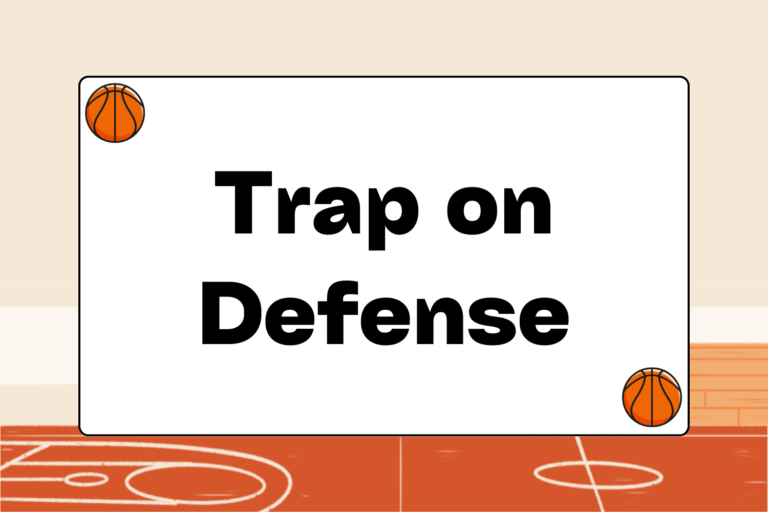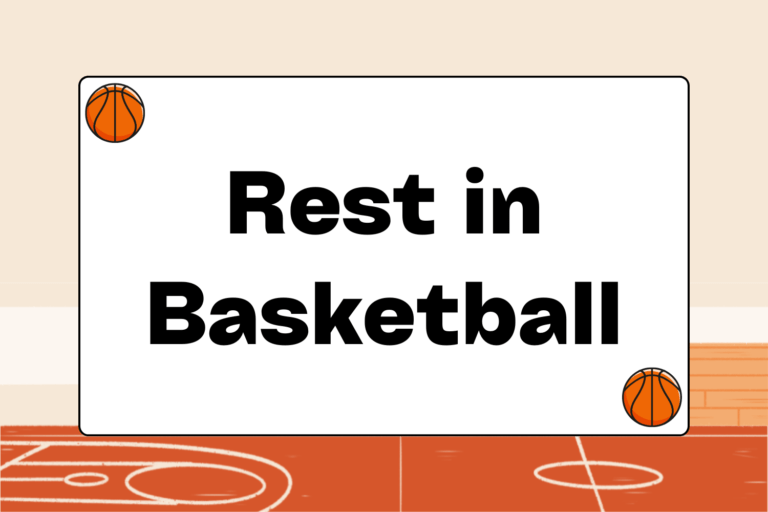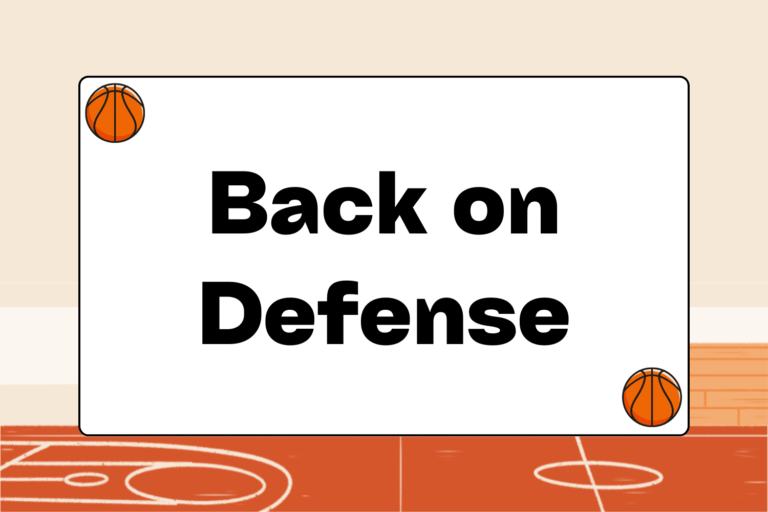Rebounding is the great equalizer in basketball. It’s less about talent and more about desire. Unfortunately, most players and many teams rarely work on rebounding drills — partly because they’re physical and demanding. Rebounding drills emphasize desire and attitude, and for many players, they’re far less fun than scrimmaging or shooting. The rest of this guide outlines drills that will make you a better individual and team rebounder.
Banging the Boards
Coaches commonly state that the best rebounders are the players who want the ball more than their opponents. But here are a few facts that are easy to forget about rebounding:
- More than 90 percent of all missed shots are rebounded below the rim.
- At higher levels, basketball’s a game of maximizing possessions. Every rebound creates an extra possession for your team.
- Most fast breaks points begin with a rebound.
- Poor rebounding is the easiest way to give away possessions and points.
- Rebounding is not about athletic ability. Some of the best rebounders in the National Basketball Association (NBA) have been sub-par athletes.
Finding your niche on a team can be very difficult. However, deciding that every loose ball is yours is the best way to establish a role on a team. In addition, becoming an expert rebounder is the quickest way to increase minutes and become your coaching staff’s favorite player.
The Basics of Rebounding: Boxing Out
Boxing out keeps your opponent away from the basket and creates space for you or a teammate to grab the rebound. Follow these basic steps to box out effectively:
- From your defensive position, begin by making contact with your opponent.
- Pivot and turn toward the basket, putting your backside into your man.
- Slide laterally to keep your man away from the basket.
- Never let your opponent push you toward the hoop or away from the ball.
If you and your teammates correctly box out on every shot attempt, the rebound will be yours most of the time.
Individual Rebounding Drills
“Offense sells tickets, defense wins games, rebounding wins championships.”
Pat Summit
NCAA Women’s Basketball Coach
You can practice some of the best rebounding drills either by yourself of with a teammate after practice. These drills improve hand-eye coordination, focus, and lower-body strength. If you incorporate the following drills into your routine during and after the season, you’ll undoubtedly become much more adept at tracking down loose balls during games.
One-on-one Drills
For one-on-one rebounding drills, compete against a teammate while another teammate or coach lobs balls off the backboard and rim. The defensive rebounder establishes rebounding position and boxes out the offensive rebounder. Give one point for a defensive rebound and three points for an offensive rebound; play until someone reaches 21 points. Alternate the defensive and offensive rebounder after every third lob.
Power Drill
For this drill, lob the ball off the backboard to yourself, protect the ball as you land, and then go back up for a lay-in. Concentrate on rebounding the ball at its apex, holding the ball high overhead, out and away from your body. Explode back up to the basket, staying on the ground for no more than one second after the rebound. Complete this in sets of ten.
Tip Drill
Begin underneath the basket, just to the right of the goal, and lob the ball off the backboard with your right hand. Jump as high as possible and tip the ball with your right hand off the backboard. Complete 10 tips, and then lay the ball in after your 11th rebound. Repeat with your left hand and gradually increase your reps to 15, 20, and 25.
Toss-back Drill
This drill emphasizes rebounding and outlet pass form:
- Have a coach or teammate lob the ball off the backboard underhanded.
- Begin at either elbow and leap for the ball, trying to grab it as close to its apex as possible.
- Secure the ball with both hands. The ball should be at chin level and elbows should be out.
- Pivot and fire an outlet pass back to the coach or teammate helping with the drill.
Working in groups of three allows you to take turns, with one man at each elbow and a third person lobbing the ball.
Team Rebounding Drills
“I consider every rebound to be a personal challenge.”
Dennis Rodman
Retired NBA player and Five-time Champion
Great rebounding teams can beat more talented teams on any given day with desire and attitude. The following team rebounding drills focus on defensive positioning, timing, and hustle. Practice these correctly and every loose ball will belong to your team.
Two-on-one Drills
Three players stand in the key facing the basket. A fourth player or coach shoots a ball from the free-throw line, and the three players fight for the loose ball. The player who gains possession then shoots the ball, and the remaining two players fight for the rebound, even after a made basket. The ball remains live and the first player to ten baskets wins.
Three-on-two Drills
Three offensive players spread out along the three-point arc, while two players stand at the elbows facing them. A coach or teammate stands with the ball beneath the basket and passes to one of the three offensive players. The player with the ball shoots, and the two defensive players box out the two remaining offensive players.
Jump Circle Box-out
Divide into two teams of three, four, or five players. Place the ball on the center of the jump ball circle. The defensive team lines up along the inside of the circle and the offensive team lines up along the outside. At the whistle, the offensive team tries to gain possession of the ball while the defensive team boxes out.
Record each team’s time and let the teams take turns, competing to see who can set the fastest time. This drill can get very physical, but it’s a good way to establish game intensity in practice.
Rebounding Tips
It’s one thing to know the proper rebounding technique. It’s another thing to execute the proper technique in the final minutes of a close game. The following tips should help you get in the best possible position to come up with a loose ball:
- Keep your hands up at all times: Your hands should rise to shoulder level every time a shot goes up.
- Don’t get pushed around: When defensive rebounders get pushed under the basket, the ball often goes over their head.
- Want the ball: Desire for the ball means pushing the offensive player back and creating space to catch the ball. The best rebounders truly want the ball more than their opponent.
- Establish position: Watch the path of the ball and concentrate on where it will land. Believe that the ball will be yours until it’s in your hands.
Outlet Pass
The outlet pass is the final piece of the rebounding puzzle. Once the ball’s securely in your hands, always look for a guard who can start the fast break. Pivot away from the defensive player and keep the ball away with outstretched arms. The key to quick transition points is a quick, crisp outlet to a sprinting teammate.





